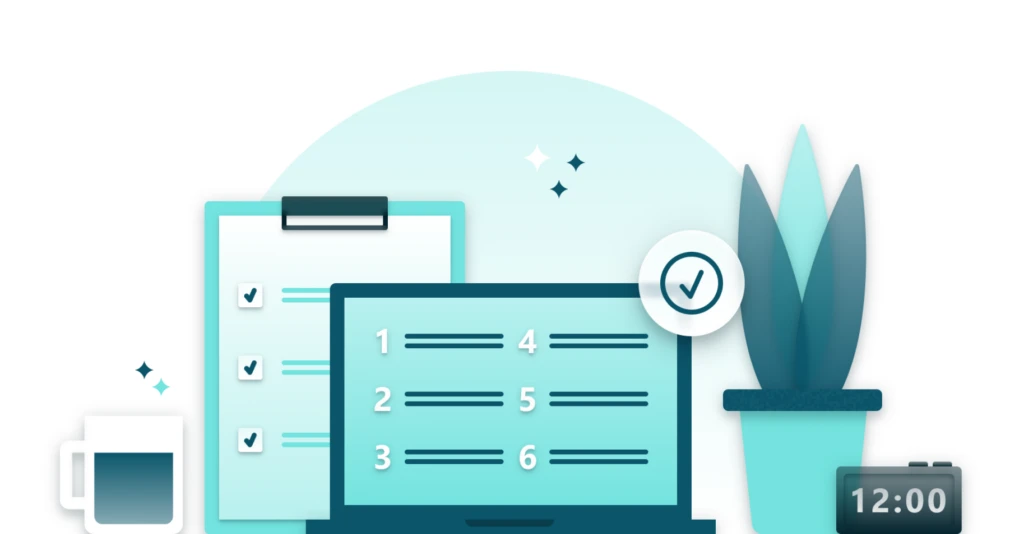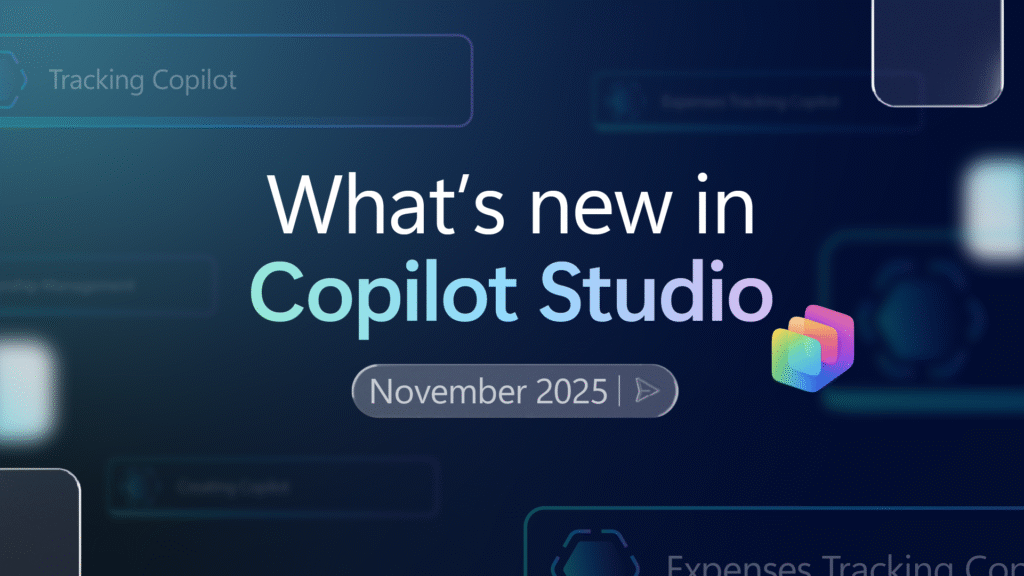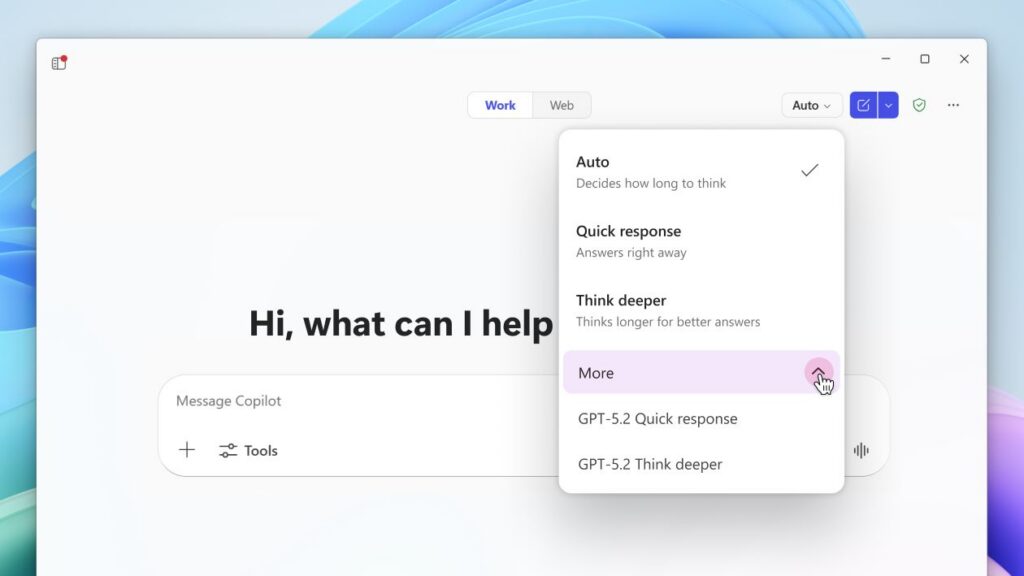Using best practices when onboarding a chat bot is critical for the long-term success of your bot. In this blog, I’m going to cover some key processes you should consider adopting. These are based on our own learnings from onboarding enterprise customers to chat bots using the Power Virtual Agents.
Align the bot with your organization’s goals
The first step in onboarding is to align on business goals; in other words, why your organization needs a chat bot.
It is very important that everyone on the project be clear about what you are and aren’t trying to achieve through the bot, and why.
Some of the reasons for the “why” we have heard include:
- Handling repetitive information requests when a skilled human agent is not required
- Reducing the time it takes to get answers to end users
- Lowering support call volume, while also handling high call volume
- Improving support KPIs
- Using a bot as part of the brand strategy
Identify the right requirements
Next you need to start thinking about the initial and overall experience you want your customers to have with your company.
Brand, personality and the rest will come from the initial experience, as customer experience is connected to brand identity very closely. Bots should ideally be an extension of the company’s brand, so it is key to understand the bot’s role in the company’s overall branding, what personality the bot should have, and the tone of the conversations throughout the experience.
Apart from the initial requirements analysis, the bot content also needs ongoing improvements to keep the bot relevant.
Factor this maintenance effort in as you identify your requirements.
Start small and scale up
Starting with pilot bots serving a limited number of topics and controlled exposure is an effective approach to ensure that your bot development plan is addressing the right areas you want to address.
For the pilot bot, you can pick a limited set of topics with a mix of simple (direct answers) and advanced topics (such as those that require access to back-end systems) to learn how customers are using the bot and how to improve the initial experience.
The reach of the bot largely depends on the entry points and channels it is exposed in, so pick the key channels that make sense for reaching your target customers.
Make sure your placement of the bot on your site contributes to a high likelihood of success for the topics you’ve chosen to cover, either by funneling only customers with those issues to your bot or by clearly stating which topics to use the bot for help with.
The traffic to the pilot bot should be gated in the initial stages and then ramped up gradually as you see stabilization in performance KPIs. Balance risk with the need to get enough traffic to start to get valid data.
Track analytics for ongoing improvements
After launching the bot, the performance of the bot must be closely monitored to ensure that it is meeting your KPIs and success metrics. Monitoring also allows you to identify areas for improvement.
Analytics tell you a story, for example, a high abandon rate may show you that your initial dialog is too complex or too long to follow for your customer. Do you really need to embed your full business process inside the bot? Or can you reference a web page to make it easier on your customer to fulfill the process? Remember that the quality and quantity of the content the bot has plays a major role in its success
Some of the common bot KPIs that you can track include engagement rate, resolution rate, escalation rate, customer satisfaction (CSAT) and abandon rate. You can measure these in the Power Virtual Agents analytics dashboard.
I hope you’ve found some of the insights and recommendations in this blog to be helpful when planning your bot system. Stay tuned for more blogs about best practices using Power Virtual Agents.
We’d love to hear about your experience with best practices for bot building!
Please visit our community forum at https://aka.ms/PowerVirtualAgentsForum and share your feedback.
If you have any idea requests, please submit them at https://aka.ms/PowerVirtualAgentsIdeas.





